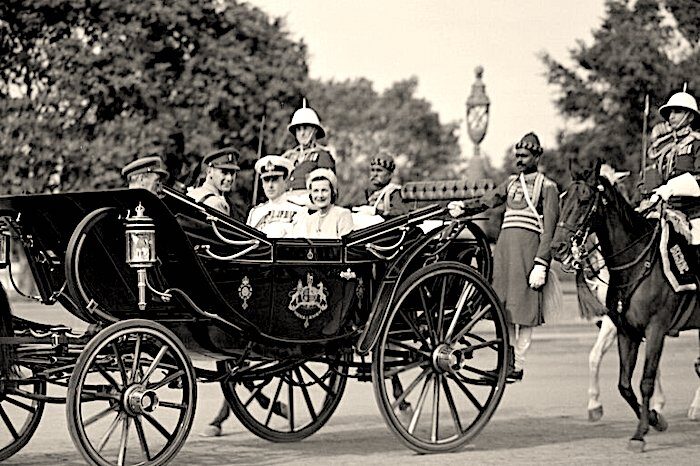
New research by the renowned economist Utsa Patnaik - published by Columbia University Press - deals a crushing blow to this narrative. Drawing on nearly two centuries of detailed data on tax and trade, Patnaik calculated that Britain drained a total of nearly $45 trillion from India during the period 1765 to 1938.
It's a staggering sum. For perspective, $45 trillion is 17 times more than the total annual gross domestic product of the United Kingdom today.
How did this come about?
It happened through the trade system. Prior to the colonial period, Britain bought goods like textiles and rice from Indian producers and paid for them in the normal way - mostly with silver - as they did with any other country. But something changed in 1765, shortly after the East India Company took control of the subcontinent and established a monopoly over Indian trade.

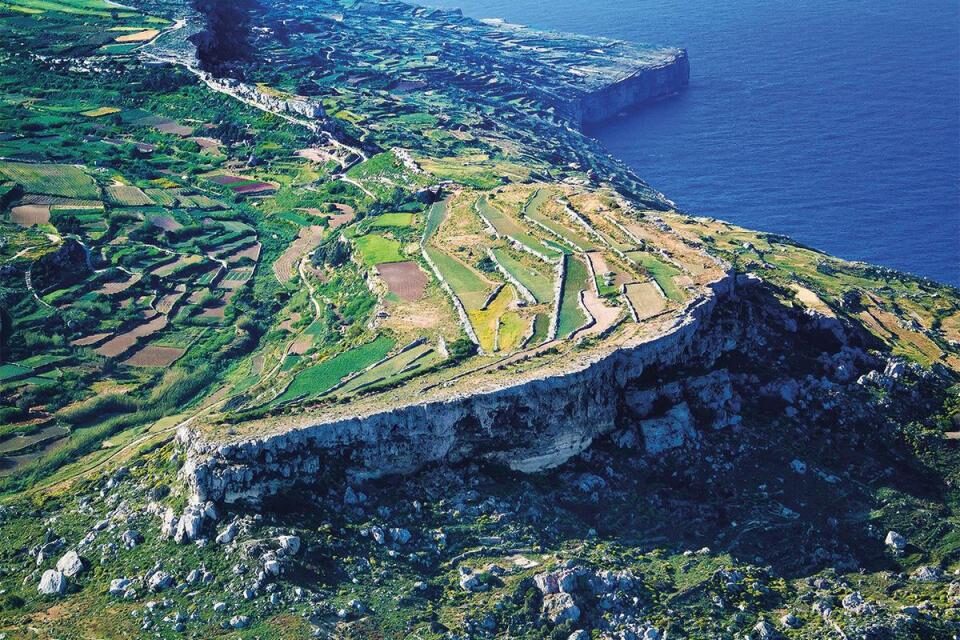
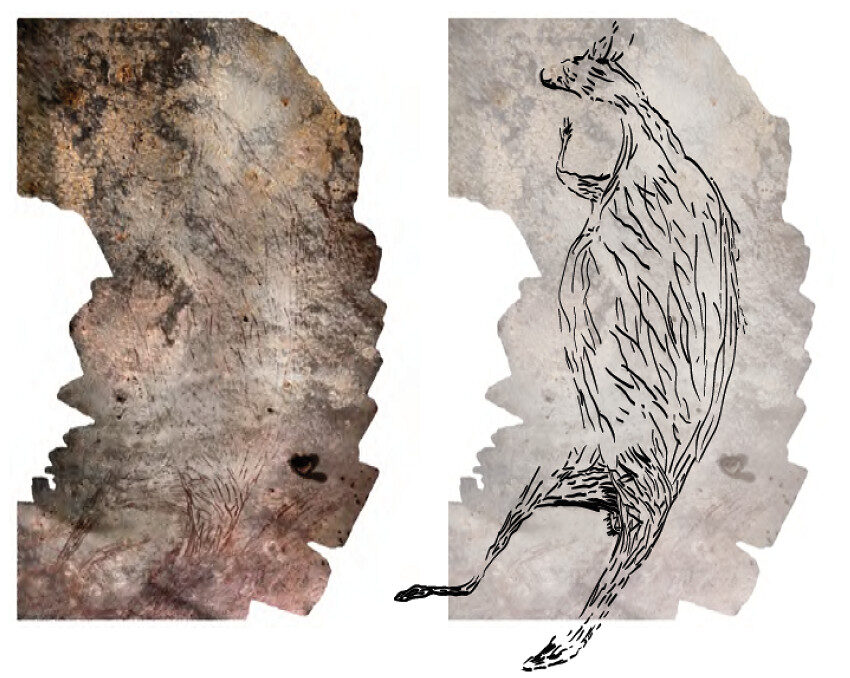
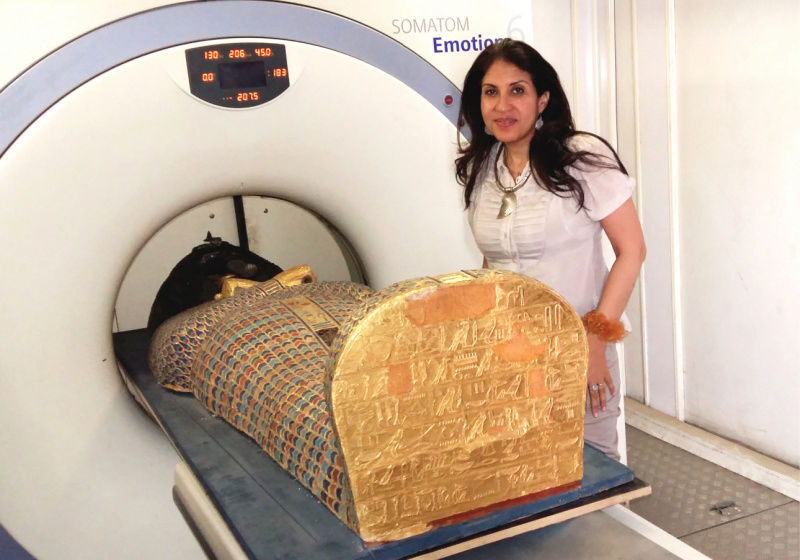
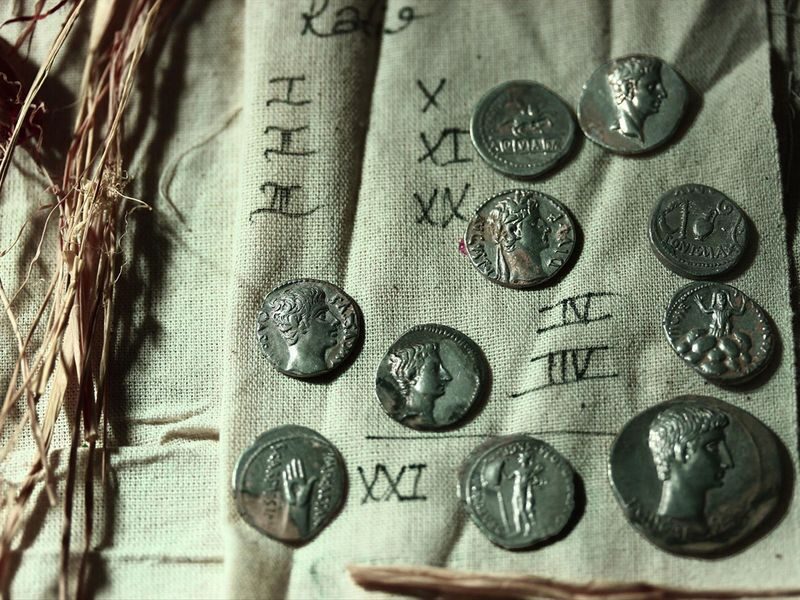
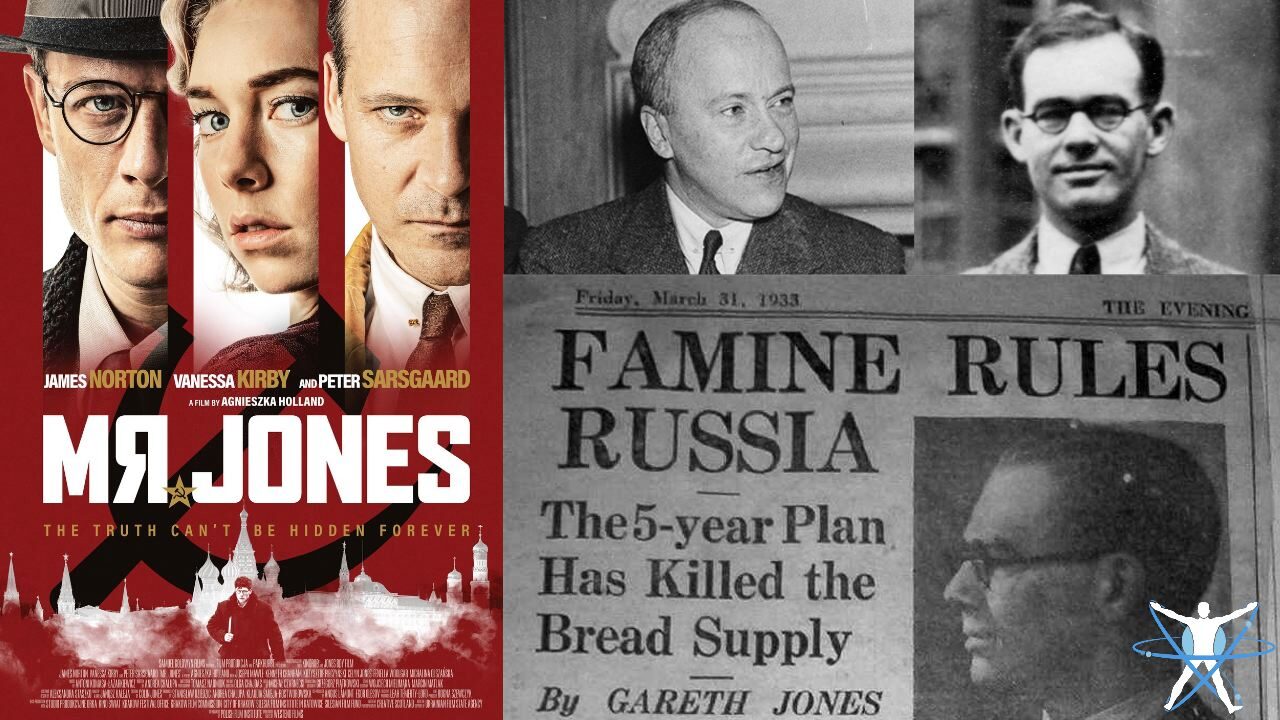
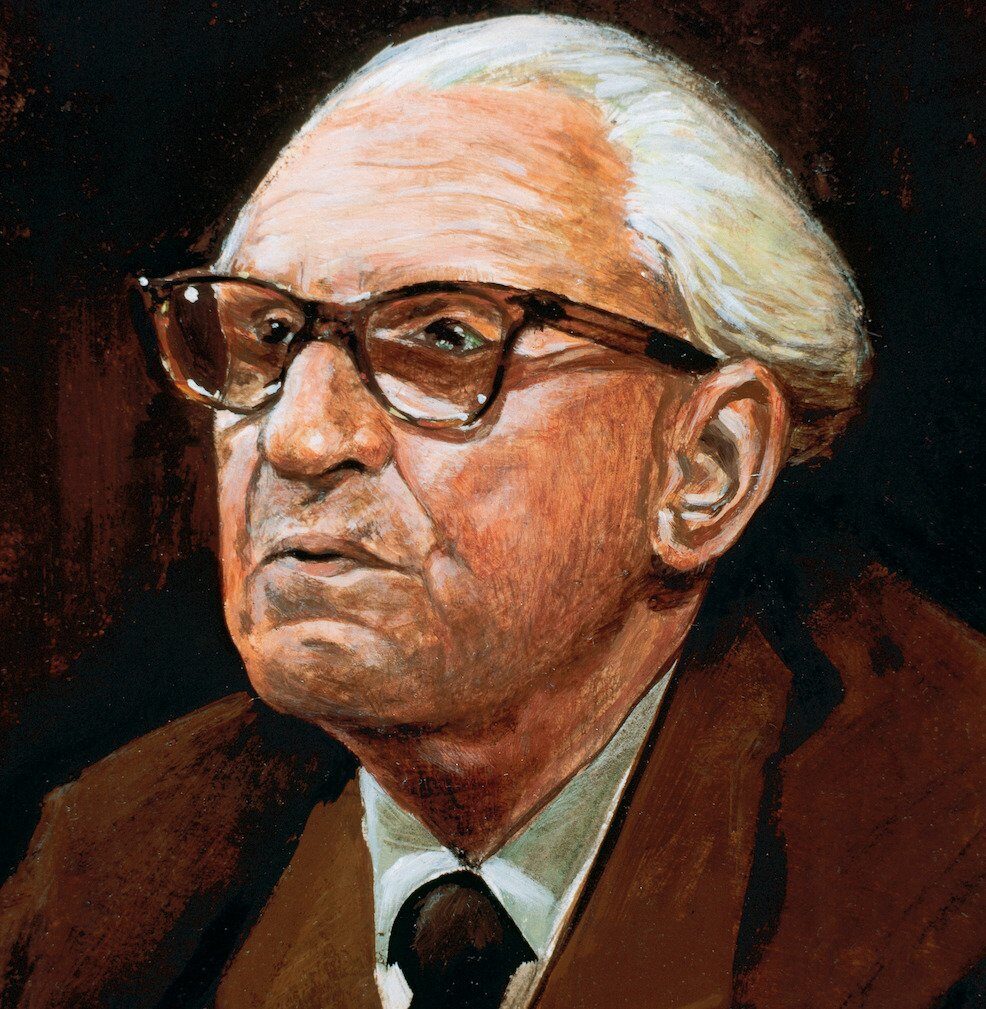

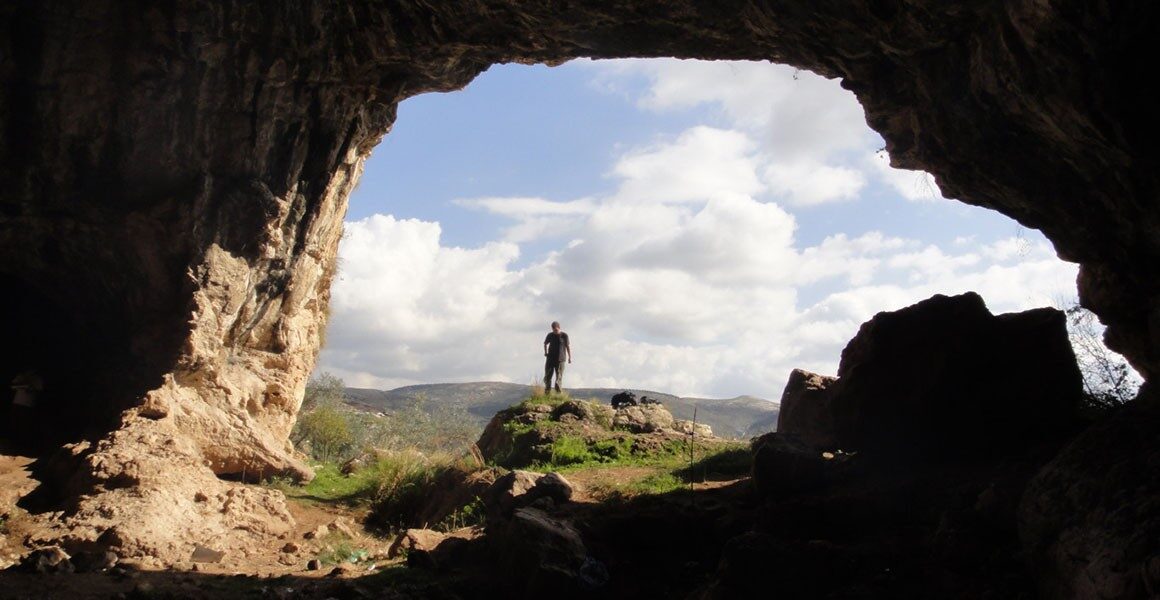



Comment: See also:
- Humans were drinking milk before they could digest it
- Mysterious egalitarian 'megasites' could rewrite history of world's first cities
- Two megalithic groups in Spain found to have different diets, child-rearing and burial practices
- Çatalhöyük: The 9,000 year old community troubled by climate change, over crowding and infectious diseases
And check out SOTT radio's: Behind the Headlines: Dissecting the Vegetarian Myth - Interview with Lierre Keith